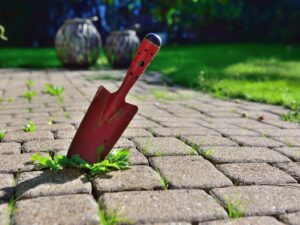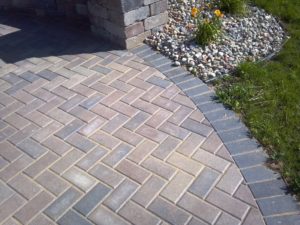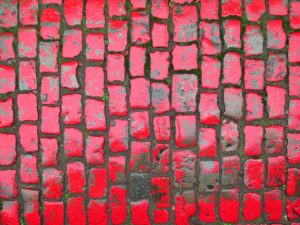Pavers, as many homeowners know, literally come in many shapes and sizes. No matter the hardscape project you’re working on, you’re certain to find a paver that fits it. So, how to approach the big pavers vs small pavers battle and choose the correct size of paver for your project?
Color and design are often a given, since they are purely based on aesthetic and preference measures, but things are a little more complicated when it comes to the size of pavers.
The objective of this article is to give you a round out of this subject and clarify things for you when making the choice of which size of paver to go for on your project.
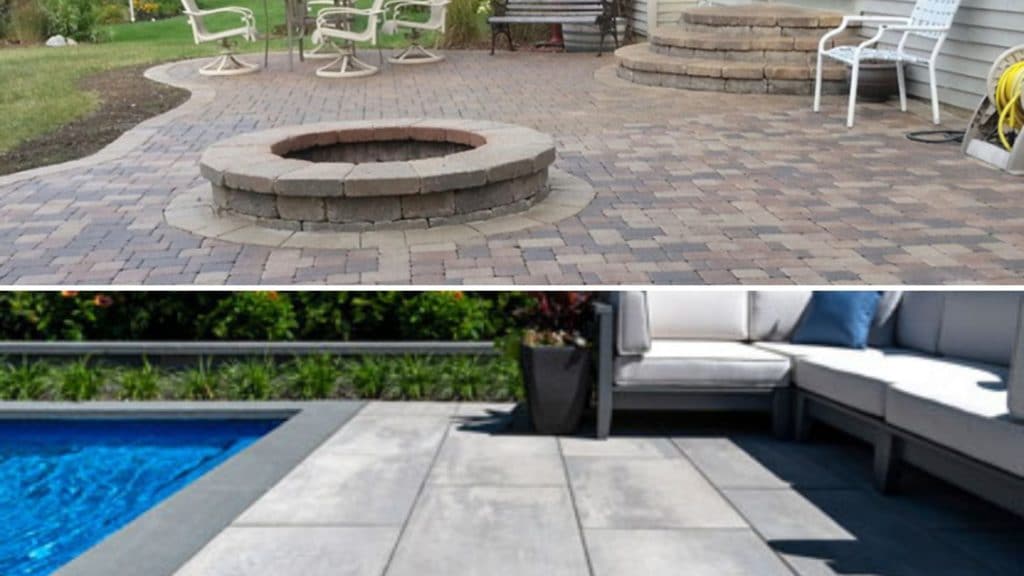
Big Pavers vs Small Pavers: What is the Difference?
Let’s start by clarifying two things.
The first being that, nowadays in the paver industry, you’re no longer limited to using one single size of paver in an installation. There are many “sets” of pavers that contain a combination of big and small pavers.
These sets are referred to as modular size. They work with pavers in different sizes to create texture and bring personality to an installation. They are designed to follow a specific pattern, with all sizes complimenting each other.
The second thing we want to clarify is that size is relative. We can’t say a paver is small without having another one to compare it to. Pavers that are bigger or smaller than the ones you’re working with will always almost always exist.
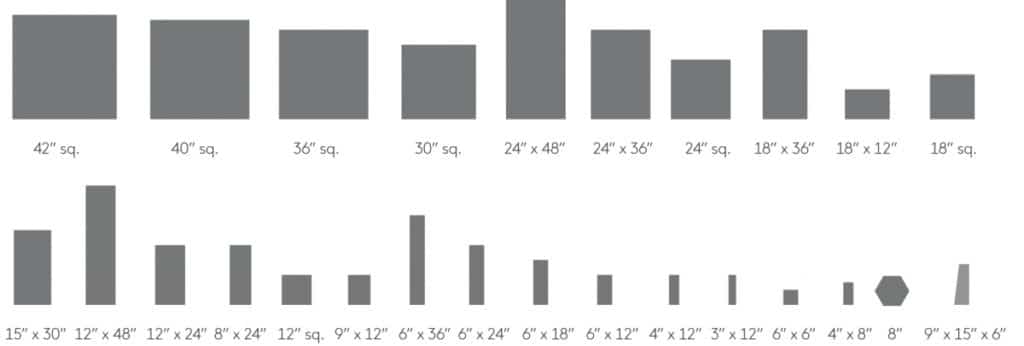
Of course, it depends on the design you’re going to end up choosing. Some designs have limited options in size, so it is up to you to decide what is more important: design or size.
Big Pavers vs Small Pavers: Comparing Categories
To organize things, we will make the big pavers vs small pavers comparison in separate categories: installation, durability and style.
Installation
Small pavers take the lead by being easier to install. There are several pavers that are small enough to be installed by a single person, even from a DIY perspective.
On the other hand, bigger pavers sometimes require an entire team of people working together. And sometimes, if the pavers are really big, certain machinery has to be used to help with the installation.
The installation process of pavers is not as easy as people think. Between the excavation, calculation of slope, and bedding, there are a lot of variables that need to be considered.
The size of pavers will not change that difficulty by itself. You’re still going to have to perform all those steps on the same area. The only thing that changes is how many pavers you’re laying on top of it afterwards.
Durability
There is a very important and often overlooked aspect of durability in the big pavers vs small pavers battle: the joints.
Joints are the spaces between each paver on a paver installation. These spaces are filled with joint sand at the end of the installation, and must be maintained continually.
These spaces are perfect for the formation of mold and weeds. If not properly cared for, with proper sealing and cleaning, for example, mold and weeds can become the biggest problem on a paver installation.
And what many people forget is the fact that the larger the pavers used on and installation, the less grout line you’ll have, and therefore fewer spaces for mold and weeds to grow.
The resistance of the pavers themselves is not affected by their size. It is true that the interlocking mechanism of the paver installation works best the smaller the pavers are. But that improvement is not significant enough to state that an installation with smaller pavers is more resistant than one with bigger ones.
With proper care and maintenance, both big and small pavers can last for years without problems.
Style
Smaller pavers give a more intimate setting. They are also the paver of choice for the most traditional and rustic designs. Large pavers, however, bring a more expansive look and are used in the most modern approaches.
A good rule to follow is to use pavers in a scale related to the area of your project. The larger the area, the bigger the pavers can be.
Big pavers are often more stylish individually, since they are more “exposed”, while small pavers are often created using simple designs to work in conjunction rather than alone.
Small pavers are used to create a sense that your area is larger than it actually is, whereas big pavers seem to reduce the size of your ambient.
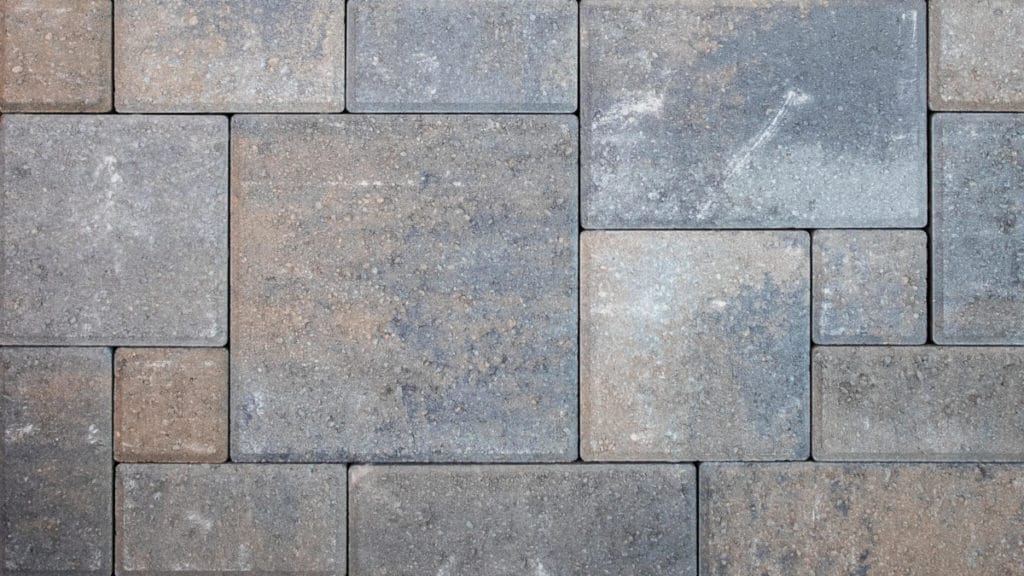
Big Pavers vs Small Pavers: Professional Opinion
One of the best courses of action when working with pavers is to hire professionals in the hardscape business to help you.
As we previously said, paver installation is not easy. There are many variables to consider, and each installation has its own challenges and characteristics.
Professionals can help you with the installation and give you some ideas on how to approach it from both the aesthetic and structural point of view. It is the best way to ensure you’ll make the correct choice of paver not only related to the size, but also the design and material.
We here at S&S Pavers have been providing services in the installation and maintenance of paver for the past 11 years around the Sarasota and Manatee counties. If you happen to be around the area, why not get in contact so we can help you out?
Give us a call anytime at 941-773-3098 or email us at sales@sspavers.com for a free estimate on our services. We would be happy to hear from you.


